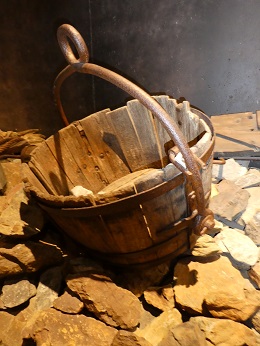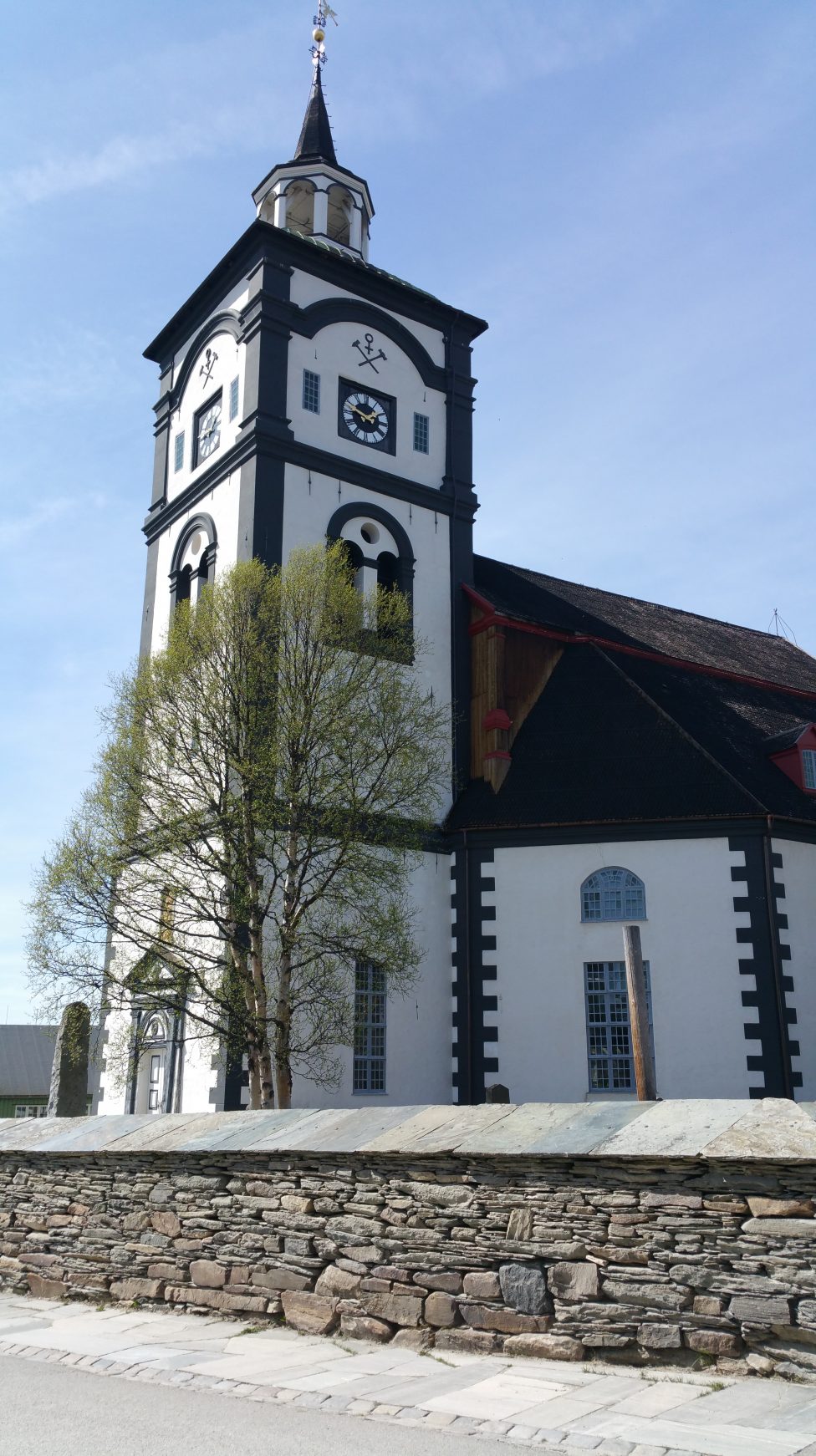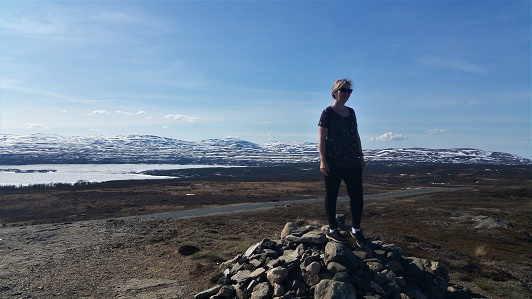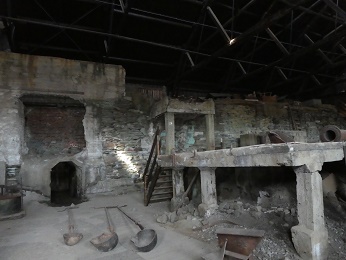
Interested in seeing breathtaking views, experiencing a relaxing atmosphere, walking mountain trails through a UNESCO heritage valley and staying somewhere where an Emperor has stayed and with, shall we say, a chequered history? If so, then Stalheim hotel, in the mountains of Norway, between Gudvangen and Voss, on the West Coast, is the place for you. It certainly was a favourite spot for Kaiser Wilhelm of Germany.
I arrived here on the famous Norway in the Nutshell Tour, which takes you from Oslo, by train, across the eternal snows of the Hardangervidda plateau.
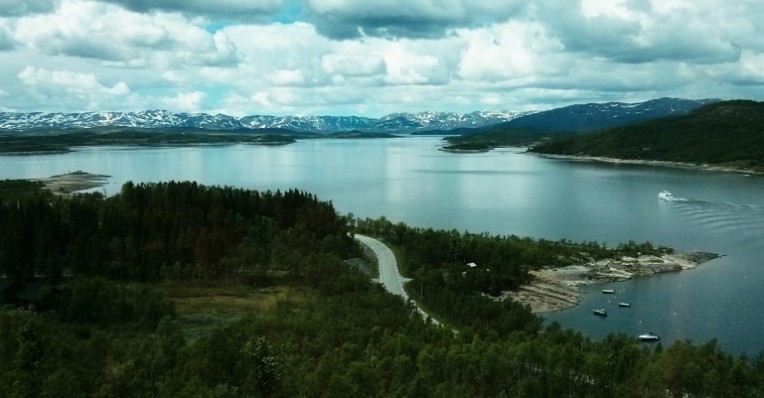
The train then takes you as far as the mountain station of Myrdal, and from there you are required to change trains to traverse down the mountain range to the fjord below, on a spectacularly steep cog railway, (or Flambåna).

The trip doesn’t end at Flam either, for it is there that you move on to a boat for a cruise through the fjords, before finally reaching the town of small port of Gudvangen on the way to Stalheim. The cruise passes through Aurlandsfjord, Sognfjord, and into the narrowest parts of Nærøydal fjord, listed as UNESCO World Heritage areas and spectacular and unearthly scenic vistas such as this:


From the port of Gudvangen, you then take the public bus to the high peaks of the ‘fjeller’ – that’s Norwegian for mountains, to Stalheim where the hotel is located.

Stalheim hotel is only open in the summer months, as the mountain road leading to the hotel consists of 13 hair-raising bends, and is considered too dangerous for public transport, in winter. If your heart doesn’t falter going up, this is the reward.

Unrivalled views can be had down the UNESCO protected Nærøydalen Valley where mountains look so like ‘trolls’ and people tinier than ants.
If you are into exploring, you can even find a Machine gun bunker underneath the terrace which dates back to the days of the Second World War.

Look at how this cabin balances on the slate rocks
You will want to have dinner and breakfast at Stalheim, for there is little alternative options close by, and the meals are usually included in the tariff. That leaves you with more time to savour that wonderful view. There is also a small folk museum behind the hotel to wander through.

A Chequered History
The original hotel was built in 1750 as a postal inn, and during the late nineteenth century was modelled into a guesthouse on the road between Oslo and Bergen. It has burnt to the ground several times and been re-built each time.
In 1939, during Nazi German’s occupation of Norway, Stalheim hotel was taken over by the German Army as a site for Soldiers on R and R leave. The notorious Heinrich Himmler then concocted a plan to address the low birth rate of German citizens and produce more of his so-called Master Race, by setting up Stalheim and other places as a ‘Lebensborn’ home. This was to be a place where Norwegian woman who were already pregnant, or were willing to become pregnant, to German soldiers, could stay and give birth. There were eight Lebensborn homes in Norway – the former Stalheim hotel was one of them.
The hotel was again cursed by a fire in 1959, and sadly, 34 lives were lost. However, it was rebuilt into the current structure we see today.

Here is a video of the road down to the fjord and village of Gudvangen.
Stalheim Hotel – A fascinating place to stay with unparrellel views.
Something to Ponder About







